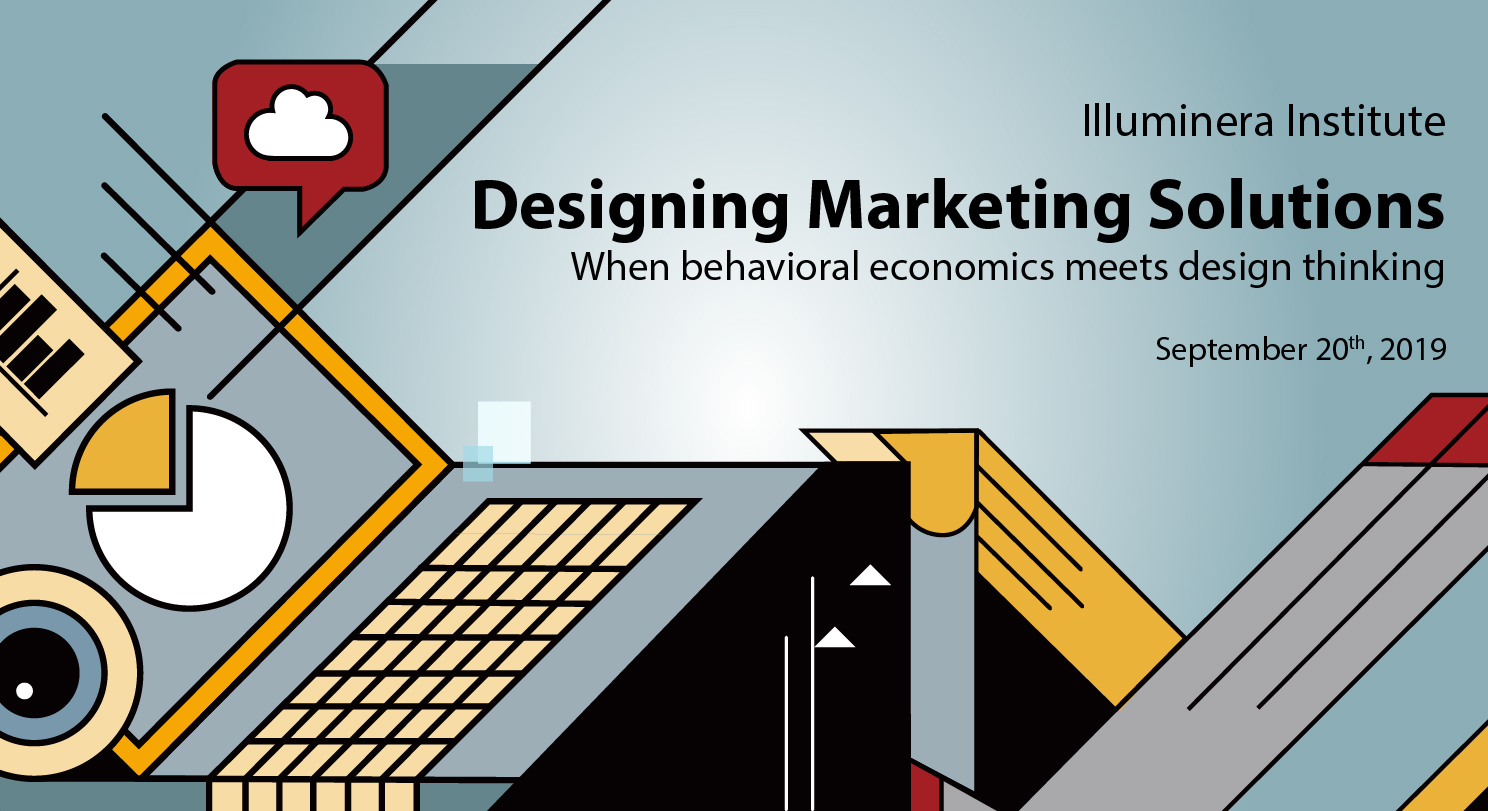
Key concepts of behavioral economics
» The “rational choice model” and its limitation
» System 1 and System 2
» Heuristics and biases
» Framing and Priming
» Anchoring
The process of design thinking
» The overlapping and iterative steps of exploration, discovery, creation and implementation
» Understanding co-creation
» Using visual thinking and prototyping
» Convergent and divergent thinking
Designing effective marketing solutions
relies on two important processes - understanding and diagnosing the current
situation and designing the solution to achieve the desired results. This
seminar uses two of the most powerful tools to govern these processes:
» Behavioral Economics to understand the current behavior and identify the psychological,
social or neurological factors which determine the behavior
» Design Thinking for designing the choice architecture to nudge the consumers in the
desired direction by overcoming the resistance points and leveraging the
possible motivations
Behavioral economics is a
multi-disciplinary field to understand decision-making. We tend to believe that
consumers make decisions through deliberate and elaborate evaluation of options
before them. Hence, we design solutions to bombard them with information based
on which we expect they will make the right choice and choose our brand.
Behavioral economics tells us that consumers seldom do a complete and rational
evaluation of the options they face - they neither have the inclination nor the
ability. They make decisions eased on heuristics and short-cuts, which have
been programmed in their mind through the forces of psychology, sociology and
neuroscience. Hence if we want to change their behavior we need to understand
and address these.
Design thinking is a creative and
co-creational process that helps us design the choice architecture, so that we
can help the consumer navigate to the right choice, i.e. adopt the behavior
that we desire. Design thinking is not just for designers - but everyone who
wants to influence a behavior or a choice. The results of design thinking are
not just in the form of clever communication, but could impinge on any area of
consumer journey or experience, where the marketer has an opportunity to
influence the consumers.
The combination of behavioral economics
and design thinking is a potent combination to achieve the desired marketing
results - whether it is to win more consumers, persuade them to use the product
more often or achieve higher levels of compliance. Familiarity with these two
concepts, and expertise to make them work in a symbiotic manner, are a must for
any marketing professional.
Senior marketing professionals
Ashok Sethi, Head of Illuminera Institute
Adele Wu, Director, IlluminHealth
Claire Zhang, Head of THREE INNOVATION
